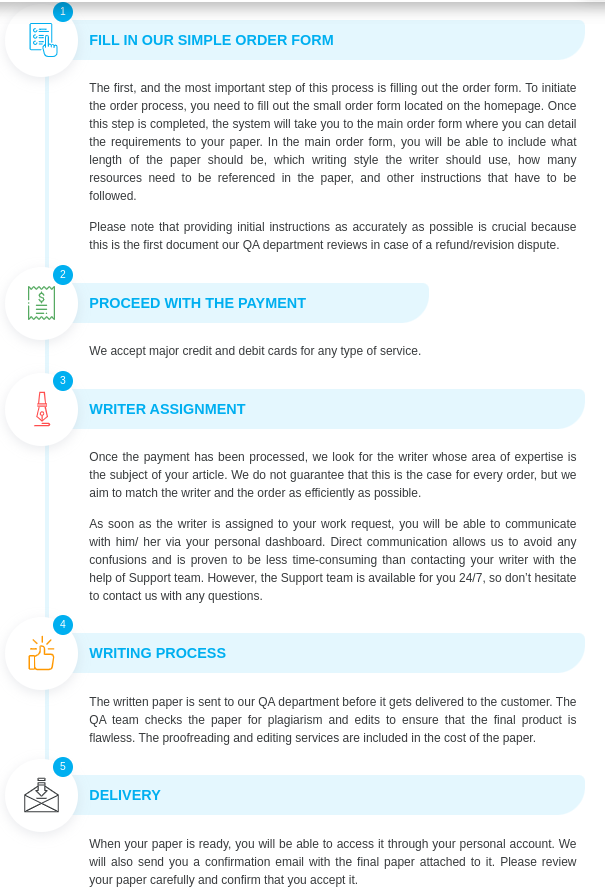Jason Carter iHuman Progressive Dyspnea
Index of Exercises
Arrange the following parameters in the correct sequence (use arrows) so that the causal relationship between reduced LV systolic function and the development of pulmonary edema is correctly displayed.
- Fluid flux into alveoli
- Increased LVEDV
- Increased LVESP
- Pulmonary edema
- Increased PCWP
- Reduced LV systolic function
- Decreased SV
Which of the following signs/symptoms is typically associated with right heart failure? (Select all that apply).
- Dyspnea
- Pedal edema
- Cool fingers and toes
- Right upper quadrant tenderness
- Presence of S3 (gallop)
- Elevated jugular venous pulse (JVP)
- Increased cardiac silhouette on CXR
- Elevated BNP levels
- Resting tachycardia
- Increased plasma renin levels
Which of the following signs/symptoms is typically associated with left heart failure? (Select all that apply).
- Dyspnea
- Pedal edema
- Cool fingers and toes
- Right upper quadrant tenderness
- Presence of S3 (gallop)
- Elevated jugular venous pulse (JVP)
- Increased cardiac silhouette on CXR
- Elevated BNP levels
- Resting tachycardia
- Increased plasma renin levels
Which of the following signs/symptoms is typically associated with elevated filling pressures? (Select all that apply).
- Dyspnea
- Pedal edema
- Cool fingers and toes
- Right upper quadrant tenderness
- Presence of S3 (gallop)
- Elevated jugular venous pulse (JVP)
- Increased cardiac silhouette on CXR
- Elevated BNP levels
- Resting tachycardia
- Increased plasma renin levels
Which of the following signs/symptoms is typically associated with low cardiac output? (Select all that apply).
- Dyspnea
- Pedal edema
- Cool fingers and toes
- Right upper quadrant tenderness
- Presence of S3 (gallop)
- Elevated jugular venous pulse (JVP)
- Increased cardiac silhouette on CXR
- Elevated BNP levels
- Resting tachycardia
- Increased plasma renin levels
Reason for encounter/Chief Complaint:
Progressive dyspnea
History of present illness (HPI)
Jason Carter is a 58-year old male who presents for evaluation of progressively worsening shortness of breath (SOB). He first noticed feeling short of breath (SOB) 10 days ago as he was climbing stairs and has worsened in the last two days. In the last 4 -5 nights, he has woken up feeling short of breath (SOB) had to sit up quickly or jump out of bed to catch her breath. He also uses atleast 2 to 3 pillows to help him breath. The SOB worsens with lying down, activity, or walking and gets better with sitting or standing up. The SOB is associated with a clear productive cough and occasionally awakening at night coughing. The cough worsens with lying down and gets better with standing up. He has noticed bilateral non-tender swelling of his ankles that started several days ago and it keeps worsening to involve the entire lower extremities. The swelling gets worse and the end of the day compared to the beginning. He feels tired most of the time thus isn’t sleeping well. He also reports an unintentional weight gain of 15 pounds despite having a poor appetite. He however denies chest pain, palpitations, chest trauma, or coughing up blood.
ORDER JASON CARTER IHUMAN PROGRESSIVE DYSPNEA NOW
Case Problem Statement
The patient, a 58 year old man, presents with a ten-day history of progressively worsening dyspnea with minimal exertion, marked exacerbation x2days and a new 2-pillow orthopnea and paroxysmal nocturnal dyspnea x4-5 days. He describes 15-pound weight gain despite poor appetite, cold hands and feet, decreased exercise tolerance, fatigue, cough with clear sputum and worse lying down. PMH is significant for 4 “small” myocardial infarctions, most recent 2 months ago with difficult-to-treat versus poor compliance hypertension. Physical exam is notable for BP 154/94, HR 120, mild tachypnea, and O2 saturation 91% on room air. PMI is 3 cm Inferolaterally displaced, positive S3, bibasilar fine crackles, JVP 12 cm above sternal angle and positive hepatojugular reflux and bilateral 2+ pitting edema to midshin.
Social History: he is an accountant. Denies smoking tobacco or use of tobacco products, takes a glass of wine once or twice weekly, denies illicit/recreational drug use, denies recent history of travel.
Family History: both father and mother deceased in their 60s secondary to myocardial infarction (mother at 61 & father at 63), older brother had a sudden death at 59, grandfather deceased secondary to lung cancer.
Management
Medications
- Admit
- Aspirin 81mg PO Once daily
- Metoprolol succinate 50mg BID
- Lisinopril 20mg PO once daily
- Atorvastatin 40mg once daily (Heidenreich et al., 2022).
Suggested Consults/referral
- Cardiology consult for a comprehensive cardiovascular risk assessment and effective hypertension, lipid, heart failure management
- Nutrition consult for individualized dietary assessment and management for lipid and blood pressure control (Heidenreich et al., 2022).
Client Education
- Educate patient about the need for medication adherence for good outcomes
- Encourage lifestyle modification with atleast 150 minutes of regular physical activity weekly, a DASH diet, and limiting salt intake to less than 2300mg of sodium daily (Heidenreich et al., 2022).
- Educate patient about the signs and symptoms of worsening cardiovascular function to prompt emergency care such as worsening SOB, chest pain, palpitations, worsening edema, decreased urinary output.
Follow-up including time interval and symptomatology to prompt a sooner return
- Follow-up in 2 weeks post-discharge for dose adjustment and evaluation of medication side effects (Heidenreich et al., 2022).
- Follow up every 3 months for routine monitoring renal function, ECG, and lipid profile.
- Seek emergency medical care if you experience chest pain, persistent wheezing/cough, palpitations, worsening edema, rapid weight gain, or worsening SOB.
Reference
Heidenreich, P. A., Bozkurt, B., Aguilar, D., Allen, L. A., Byun, J. J., Colvin, M. M., & Yancy, C. W. (2022). 2022 AHA/ACC/HFSA guideline for the management of heart failure: a report of the American College of Cardiology/American Heart Association Joint Committee on Clinical Practice Guidelines. Journal of the American College of Cardiology, 79(17), e263-e421.
Our expert nursing writers can help with your Jason Carter iHuman Progressive Dyspnea, Place your order here.




